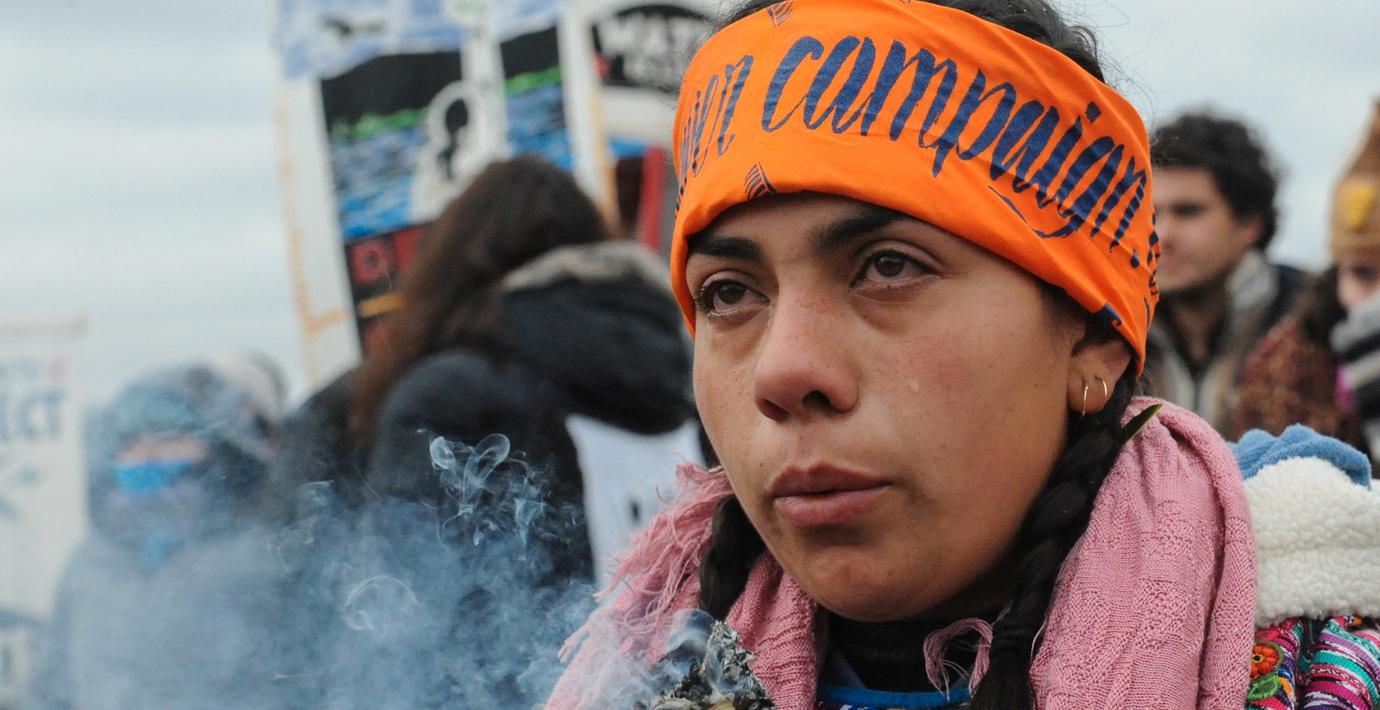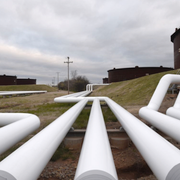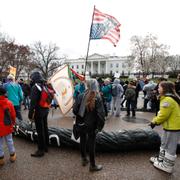bakgrund
Protesterna vid Dakota Access Pipeline
Wikipedia (en)
The Dakota Access Pipeline protests, also known by hashtags such as #NoDAPL, are a grassroots movement that began in the spring of 2016 in reaction to the proposed construction of Energy Transfer Partners' Dakota Access Pipeline. The proposed pipeline would run from the Bakken oil fields in western North Dakota to southern Illinois, crossing beneath the Missouri and Mississippi rivers, as well as part of Lake Oahe near the Standing Rock Indian Reservation. In April, LaDonna Brave Bull Allard, a Standing Rock Sioux elder, established a camp as a center for cultural preservation and spiritual resistance to the pipeline. Over the summer the camp grew to thousands of people.
The U.S. Army Corps of Engineers conducted a limited review of the route and issued a finding of no significant impact. They have not conducted an area-wide full environmental impact assessment. In March and April 2016 the Environmental Protection Agency, the Department of Interior, and the Advisory Council on Historic Preservation asked the Army Corps of Engineers to conduct a formal Environmental Impact Assessment and issue an Environmental Impact Statement. In July, the Army Corps of Engineers approved the water crossing permits for the Dakota Access Pipeline under a "fast track" option, and construction of the disputed section of pipeline continued. The Standing Rock Sioux Tribe filed suit against the Corps of Engineers, accusing the agency of violating the National Historic Preservation Act and other laws. On November 14, the The Army Corps of Engineers said it needed more time to study the impact of the plan. In a news release they said: "The Army has determined that additional discussion and analysis are warranted in light of the history of the Great Sioux Nation's dispossessions of lands, the importance of Lake Oahe to the Tribe, our government-to-government relationship, and the statute governing easements through government property."
While the protests have drawn international attention and have been said to be "reshaping the national conversation for any environmental project that would cross the Native American land", there was limited mainstream media coverage of the events in the United States until early September. On September 3, construction workers bulldozed a section of land the tribe had identified as sacred ground in an amendment to the federal injunction a day earlier. When protesters entered the area, security workers used attack dogs, which bit at least six of the protesters and one horse. The incident was filmed and viewed by several million people on YouTube and other social media. In late October, armed soldiers and police with riot gear and military equipment cleared an encampment that was directly in the proposed pipeline's path.




